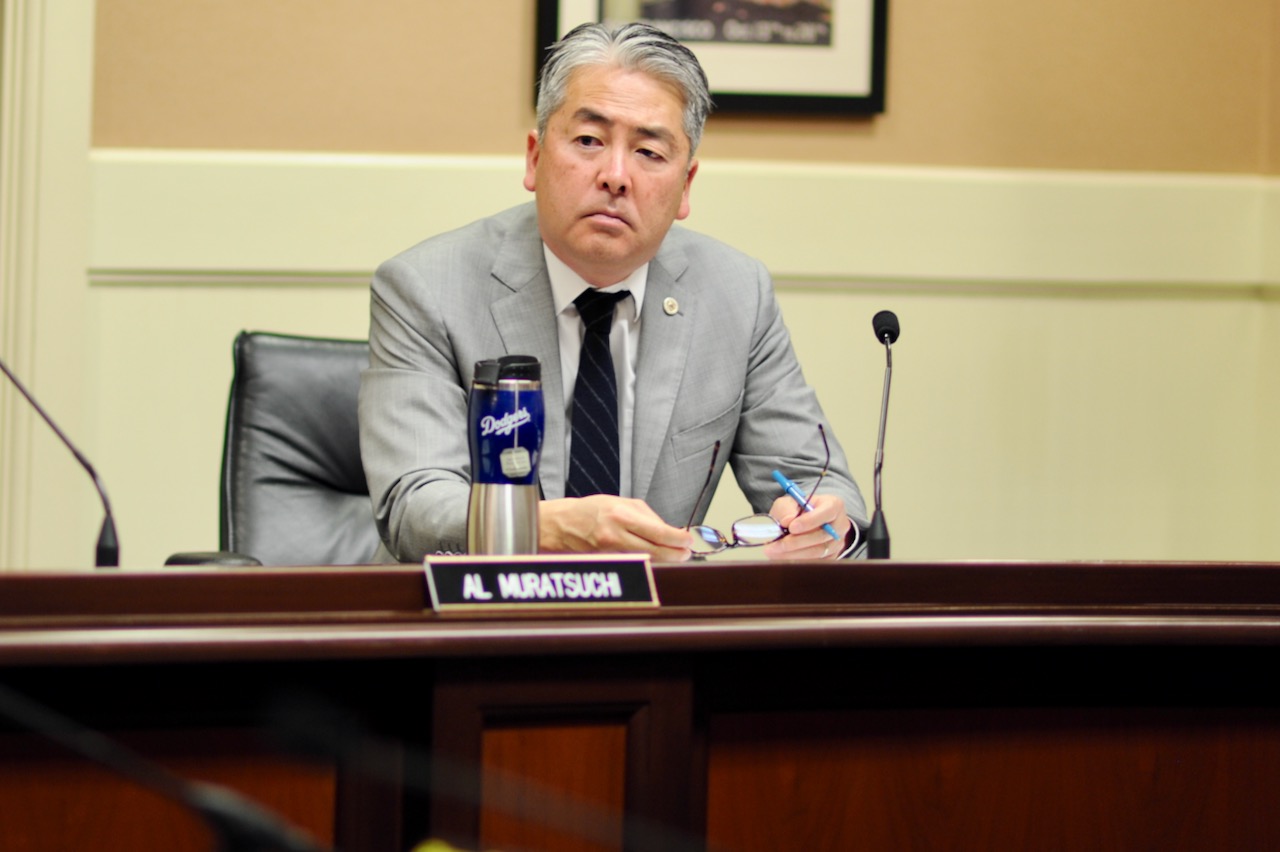
San Diego roads and highways. (Photo: SANDAG.org)
SANDAG Toll Road Foul Up: Thousands of Charging Mistakes Made
VMT taxes are seen as a way to control driving, and even living habits
By Thomas Buckley, April 16, 2024 6:59 am
This is no way to run a toll road.
Last fall, it was alleged that the San Diego Association of Government operations of the State Route 125 toll road system was riddled with errors, leading to wrong charges, diverted driver deposits, and lower revenue.
Those allegations have turned out to be true.
Friday, the SANDAG board was expected to take up the matter but the discussion was delayed two weeks due to timing issues (a previous agenda item – the hiring of a new executive director – took nearly six hours.)
However, in its report to the board, current SANDAG management did acknowledge that it had failed to properly oversee the tolling system and improperly kept the problem from the Board for far too long.
The problem has already led to a class action lawsuit and another “whistleblower” lawsuit from a former SANDAG financial officer who claims she was fired after she refused to sign off on toll road program financials last year (it was her lawsuit that revealed the mismanagement.)
Even more ominously for the agency, the FBI has reportedly launched an investigation into SANDAG and its operations. The FBI, as it typically does, declined to comment on the matter.
Even more embarrassing for the agency, SANDAG was at the forefront of the pushing a “vehicle miles traveled” (VMT) taxing system – a system that would have relied on similar technology as the current toll roads use – in large parts of the county. The system would have tracked where and when drivers drive their car and then charged the driver a per mile tax to help fund transit system improvements.
At issue now is the chaotic mismanagement of the “back office” processes by tech vendor ETAN Tolling Technology of Dallas. SANDAG hired the firm after it bought the lanes out of bankruptcy in 2011.
According to an audit completed in March, “ETAN’s financial reporting cannot be relied upon,” that “SANDAG’s Finance department lacks adequate internal controls including proper review and supervision to ensure SR 125 financial information is accurately recorded, accounted for, and reported accurately,” and that “ETAN’s implementation of the Back-Office System (BOS) Fastlane was headed for trouble from the beginning. SANDAG executive management failed to address the situation in a timely manner, including informing the Board of Directors.”
The audit found that about half of the “Fastlane” accounts showed errors and that there were more than a hundred charges made to wrong accounts. To read the entire audit, see here.
SANDAG has already hired a new firm to run the system, but plans to continue to look into the issue.
Be that as it may, the matter brings up a number of issues. SANDAG is what is known as a “metropolitan planning organization;” in other words, it funnels state and federal to county projects as determined by its board which has representation from the entire county. Unlike many other MPOs, SANDAG does not just plan projects but actually builds, owns (like the SR-125 toll lanes), and operates them on its own.
Last year, SANDAG staff pushed the board to institute a VMT tax to pay for transit projects. Tracking exactly where and when the public drives its cars is not at all popular with the public and the board – even more liberal members who had seemed open to the idea – balked after the anti-VMT public outcry (at least one elected official in San Diego – and maybe even the head of SANDAG himself was booted out of office because of support for a VMT.)
In addition to raising tax dollars, VMT taxes are also seen as a way to control driving, and even living habits, as they can be modified so many ways once the tracking technology is in the vehicle. Want to reduce commuting? Charge different rates by time of day. Want more people to live in denser neighborhoods? Add a long-distance surtax. Want to get people on transit? Charge a higher fee to popular destinations.
This utter breakdown of the type of system that would be used to implement a VMT definitely adds a layer of appropriate mistrust to an idea already seen as Orwellian.
The SANDAG board meets again Friday, April 26.
- Abort Last Week: Gov. Newsom Actually Promoting Abortion - April 29, 2024
- ADA Diana Teran Booked, Los Angeles DA Gascon Faces Another Complaint - April 28, 2024
- Curiouser and Curiouser: Gascon’s Aide Charges Raise Troubling Issues - April 27, 2024




